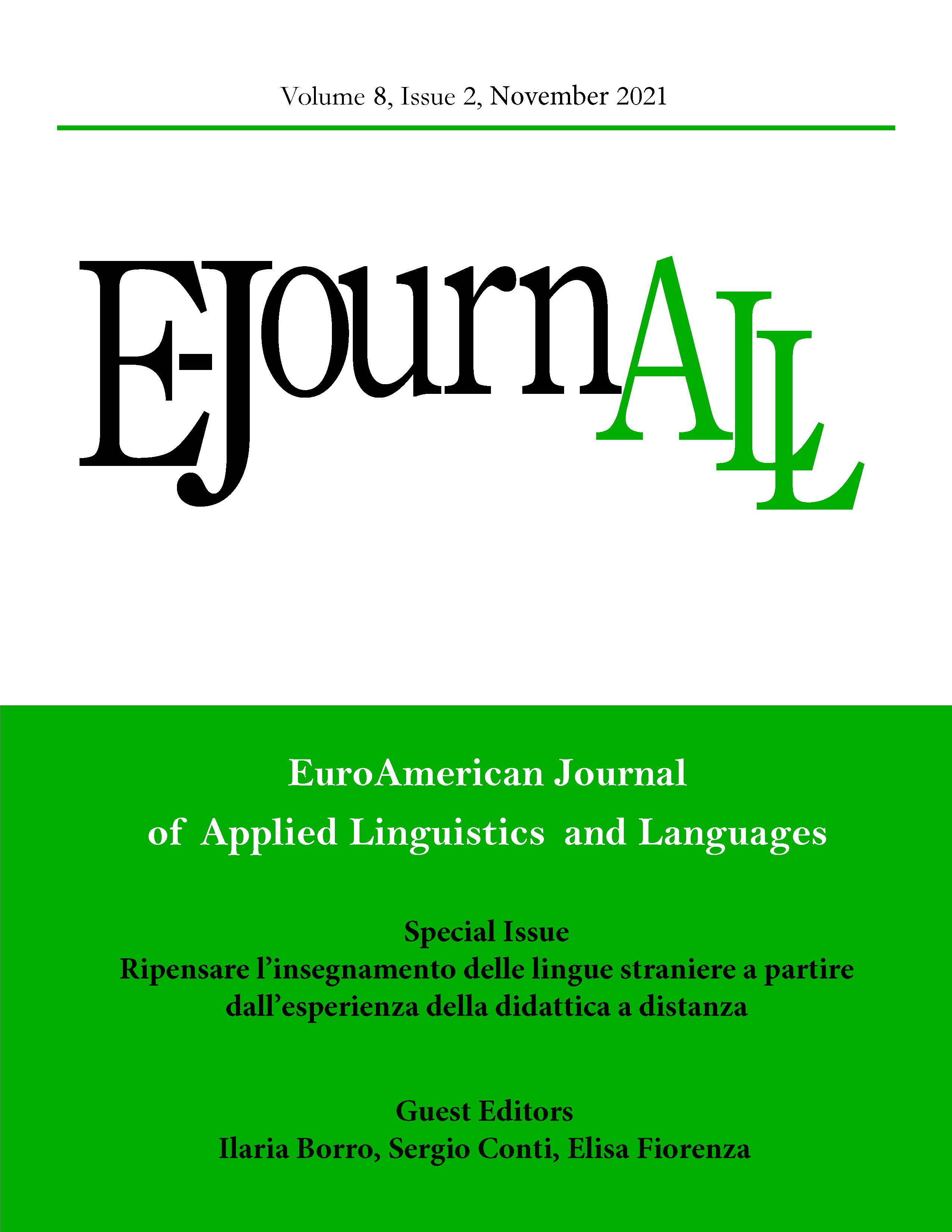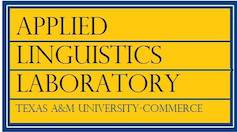The switch to remote instruction in Spanish heritage language courses: Why social presence matters
DOI:
https://doi.org/10.21283/2376905X.14.249Keywords:
LATINX STUDENTS, SPANISH HERITAGE LANGUAGE COURSES, ONLINE CLASSES, SOCIAL PRESENCEAbstract
The pandemic amplified the educational disparities that Latinx students face in virtual courses. This research project describes Spanish Heritage Language (SHL) learners’ experiences with remote instruction, and it proposes using the Community of Inquiry Model (Garrison et al., 2000) and modified versions of the Theory of Social Presence (Fayram, 2017; Hauck & Warnecke, 2012; Strong et al., 2012; Whiteside, 2015) as guiding frameworks to obtain information about social presence (SP) aspects in the online classroom. A total of 126 SHL learners took a validated online survey to evaluate the challenges of switching to a remote modality of instruction. This research emphasizes the need to design effective online courses that foster SP as a key element to diminish feelings of isolation and encourage active participation in the classroom. We propose that teaching presence is an important component of social presence in online SHL courses, and we offer pedagogical implications for practitioners.
Downloads
Published
How to Cite
License
Copyright (c) 2021 Angélica Amezcua

This work is licensed under a Creative Commons Attribution 4.0 International License.


